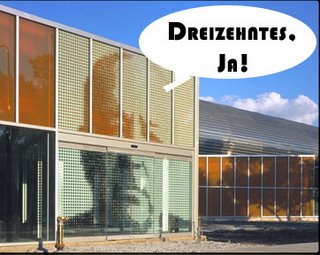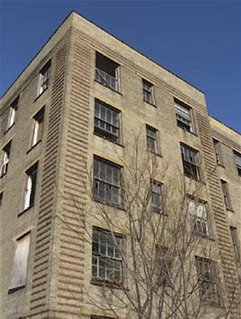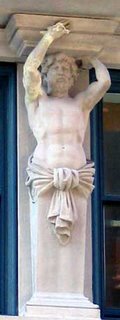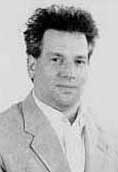In A New Order, appearing in the February issue of Chicago Magazine, Jay Pridmore creates a compelling portrait of megafirm Skidmore, Owings and Merrill at a point in its history when new blood like David Childs' protege Ross Wimer is being brought in from New York even as long-time mainstay Adrian Smith leads a group of architects out
 the door to form his own new firm, Adrian Smith+Gordin Gill Architecture.
the door to form his own new firm, Adrian Smith+Gordin Gill Architecture.Was this the right way to treat a guy who brought SOM back from dead in the 1980's? Are the recent changes a matter of Childs colonizing the Chicago office? Which Ross Wimer are we getting - the architect of the twistfest that is the soaring Infinity Tower in Dubai, or the designer of the - at least in its earliest stages - insipid proposal for a huge Olympic Village along Chicago's lakefront? Pridmore addresses all these questions - and more, in a lot more balanced way than my own leading questions.
His concise yet evocative overview of the firm's 70-year history reminds us that conflict among partners is in SOM's bones, from the original antipathy between Skidmore and Owings, to the legendary battles between Bruce Graham and Walter Netsch, and beyond, and it doesn't seem to have hurt the work, but often strengthened it. Read it here.
American Architectural Education Looks the Other Way
In the middle of the 20th century, architects fleeing Hitler came to America and changed the focus of American education from the Beaux Arts to the Bauhaus, first with Gropius at Harvard, and then with Mies van der Rohe, recharting the course of U.S. architecture from his perch as head of the school of architecture at IIT in Chicago.
It was a process portrayed as a descent of vampires in Tom Wolfe's 80's screed, From Bauhaus to Our House, but now it's the influence of Europe that is being threatened with being pitched into the dumpster, and not in a way from which Manhattan's greatest surviving dandy will necessarily draw comfort.
Don Lee of the Los Angeles Times has a great article on the USC School of Architecture's new dean, Chinese architect Qingyun Ma, whose own firm, MADA s.p.a.m., headquartered
 in Shanghai, is making waves both on the mainland and internationally, with work that touches on both the great cities and distant farming villages. And Ma is not alone - Japan's Hitoshi Abe will become head of UCLA's department of architecture beginning this spring.
in Shanghai, is making waves both on the mainland and internationally, with work that touches on both the great cities and distant farming villages. And Ma is not alone - Japan's Hitoshi Abe will become head of UCLA's department of architecture beginning this spring."American education has cultivated strengths in your own reasoning process." Lee quotes Ma as saying, "If you come up with a hypothetical and you develop your own operation rationale, and the end product can fulfill that line of reasoning, then it's judged to be good. In China, the judgment is oftentimes poetic, literature and all those intuitive things rather than rational processes." Frank Lloyd Wright and Frank Gehry: secretly Chinese? Read it here.












































